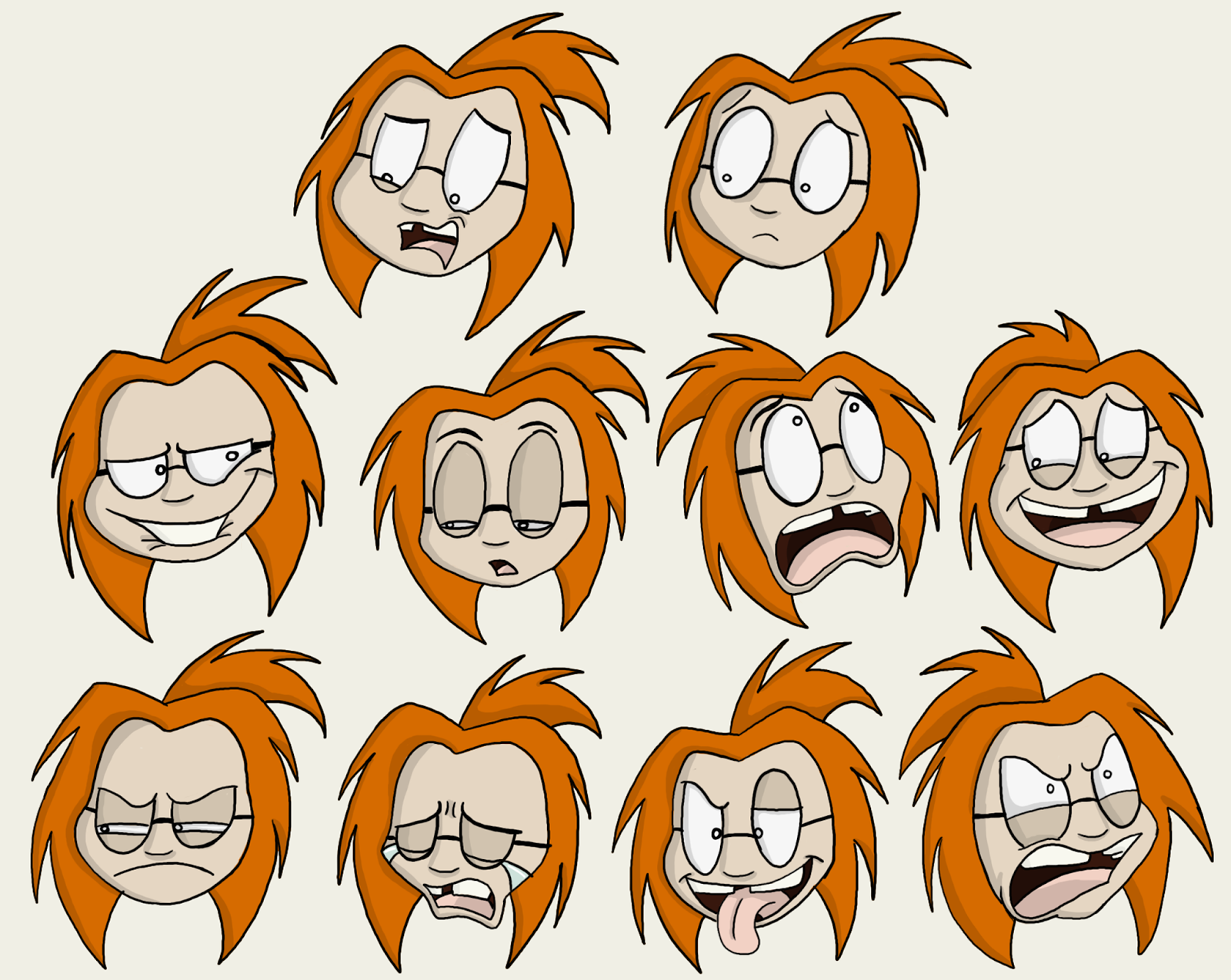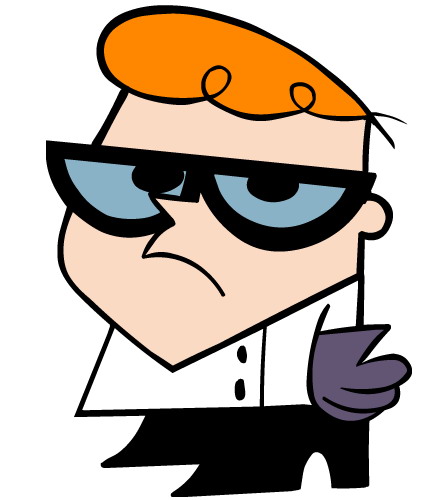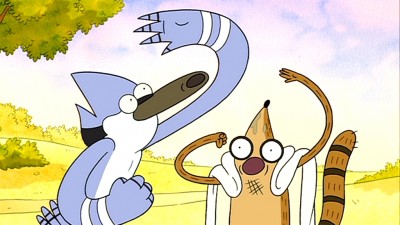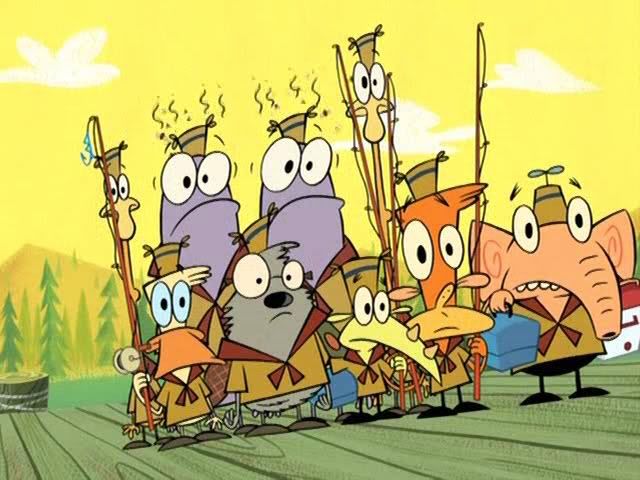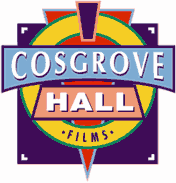Now let's take a look at Audrey's father, Willard
Willard's design was finalized shortly after Audrey's, as I wanted them to appear relatively similar. Most of his colours when it comes to hair, skin and even eyes are muted versions of her own colour scheme. His body-shape, clothes and hairstyle on the other hand was heavily influenced by Seymour Krelborn from "Little Shop of Horrors" (which may explain his daughters name).
Of course, both his and Audrey's designs changed alongside the voices provided by their actors (a real-life father and daughter) such as Willard also wearing glasses and having a slightly more narrow face. His original design was much more angular and skeletal, which was incredibly unsettling, so having a voice to help me was a real advantage.
The intention was to have a character who seemed relatively reserved and "boring" to a child, but he was clearly exhausted from trying to keep his daughter under control.
That said, the short is merely a small part of a much larger story, and features such as the grey stripe and Willards seemingly nervous personality in the concept art has much greater significance in the bigger picture; which makes his rather calm attitude while discouraging his daughter a litle more suspicious in the grand sceme of things, but also strong enough as a stand-alone character trait in the short.
It was also while creating Willard that I came up with the idea of naming many of my characters after actors or characters within the horror genre, while also keeping their names canon within the films time period. Willard is named after the titular character of the 1971 film, Audrey, while primarily being named after my grandmother, is also a subtle reference to the "Little Shop of Horrors" character (both human and plant), and the four monsters Nicholas, Doug, Grace and Simon, share their names with the cenobite actors in "Hellraiser."
The only characters who break the trend are Gizzard (who is instead a reference to an organ, which I thought would reflect Audrey's strange personality if she named her pet something disgusting) and the largest monster, who I call "Big Bad," but in reality has no actual name as I felt keeping him nameless would give him a greater sens of mystery and fear.
Speaking of which, we'll take a look at the big bad tomorrow!
See you then!
Willard's design was finalized shortly after Audrey's, as I wanted them to appear relatively similar. Most of his colours when it comes to hair, skin and even eyes are muted versions of her own colour scheme. His body-shape, clothes and hairstyle on the other hand was heavily influenced by Seymour Krelborn from "Little Shop of Horrors" (which may explain his daughters name).
Of course, both his and Audrey's designs changed alongside the voices provided by their actors (a real-life father and daughter) such as Willard also wearing glasses and having a slightly more narrow face. His original design was much more angular and skeletal, which was incredibly unsettling, so having a voice to help me was a real advantage.
The intention was to have a character who seemed relatively reserved and "boring" to a child, but he was clearly exhausted from trying to keep his daughter under control.
That said, the short is merely a small part of a much larger story, and features such as the grey stripe and Willards seemingly nervous personality in the concept art has much greater significance in the bigger picture; which makes his rather calm attitude while discouraging his daughter a litle more suspicious in the grand sceme of things, but also strong enough as a stand-alone character trait in the short.
It was also while creating Willard that I came up with the idea of naming many of my characters after actors or characters within the horror genre, while also keeping their names canon within the films time period. Willard is named after the titular character of the 1971 film, Audrey, while primarily being named after my grandmother, is also a subtle reference to the "Little Shop of Horrors" character (both human and plant), and the four monsters Nicholas, Doug, Grace and Simon, share their names with the cenobite actors in "Hellraiser."
The only characters who break the trend are Gizzard (who is instead a reference to an organ, which I thought would reflect Audrey's strange personality if she named her pet something disgusting) and the largest monster, who I call "Big Bad," but in reality has no actual name as I felt keeping him nameless would give him a greater sens of mystery and fear.
Speaking of which, we'll take a look at the big bad tomorrow!
See you then!
















